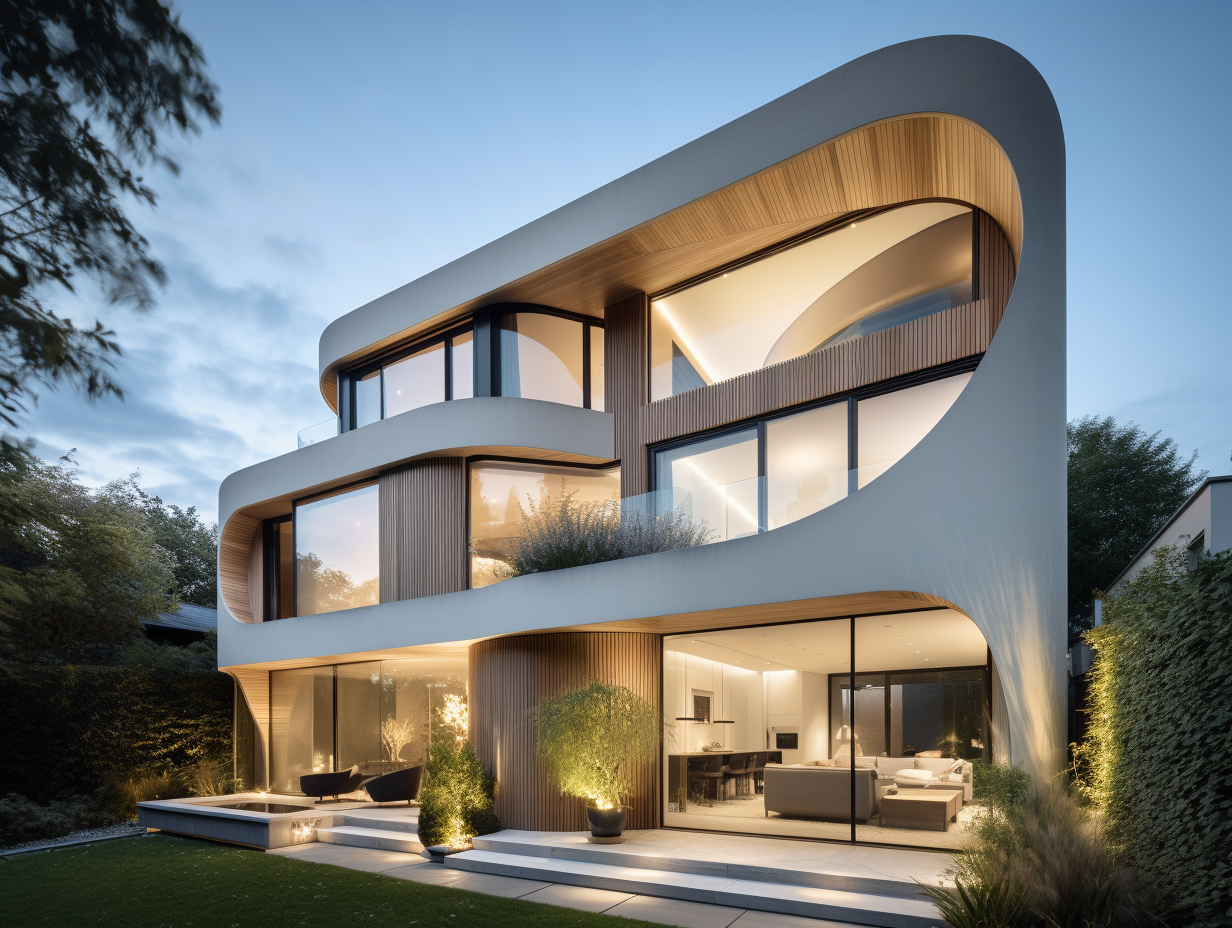Discover Ingenious Layouts with Leading CDA Architects for Your Following Job
Discover Ingenious Layouts with Leading CDA Architects for Your Following Job
Blog Article
Comprehending the Collaborative Refine Between Engineers and Designers in Modern Building Projects
The joint procedure in between engineers and engineers is important in contemporary building jobs, as it balances style intent with engineering usefulness. Discovering these characteristics discloses understandings that might considerably affect project outcomes and total market requirements.
The Significance of Collaboration
The joint harmony between architects and designers is important for the successful realization of any kind of building project. This collaboration combines unique expertise and viewpoints, allowing the integration of cutting-edge layout with useful engineering remedies. By collaborating, engineers and engineers can make certain that a job not just fulfills aesthetic and useful demands however also sticks to security, sustainability, and budgetary restrictions.
Collaboration cultivates a shared vision, facilitating the positioning of objectives and expectations from the start. This alignment is vital in resolving potential difficulties and mitigating risks that might arise during the job lifecycle. Moreover, a collective strategy enables the reliable allotment of sources, maximizing both time and cost.
The relevance of collaboration encompasses the repetitive procedure of layout and construction, where comments from designers can educate building choices, leading to more practical and lasting designs. Conversely, designers can influence designers to assume artistically concerning how to achieve structural integrity without jeopardizing imaginative intent. Inevitably, the collaborative connection between designers and engineers is not simply useful; it is essential to the production of high-grade, functional, and cutting-edge built atmospheres that fulfill the demands of culture.
Communication Strategies and Devices
Reliable interaction methods and tools are important for promoting collaboration between engineers and designers throughout the job lifecycle. Establishing clear channels of communication is important to ensure that all staff member are lined up with job goals, timelines, and responsibilities. Regular conferences, both in-person and online, offer opportunities for stakeholders to review progression, address problems, and make educated choices.

Additionally, embracing joint communication tools, such as Slack or Microsoft Teams, permits for instant messaging, documents sharing, and ongoing discussions, advertising an extra nimble feedback to emerging issues. Paper management systems also play an essential function in arranging project paperwork, ensuring that all team participants have accessibility to the latest information.
Shared Objectives and Project Vision
An unified job vision acts as the structure for effective collaboration between architects and engineers (cda architects). This shared vision Learn More Here not just straightens the initiatives of both parties but also establishes a typical framework for decision-making throughout the job's lifecycle. By verbalizing clear objectives, stakeholders can properly browse the intricacies of modern-day construction tasks, making certain that both aesthetic and functional demands are satisfied
Establishing shared goals includes open dialogue and a detailed understanding of each technique's payments. Architects typically concentrate on design intent, spatial relationships, and user experience, while engineers emphasize architectural honesty, systems capability, and conformity with laws. When these viewpoints are straightened, the outcome is a natural task that sticks to both imaginative desires and technological usefulness.
In addition, a distinct job vision promotes responsibility among employee, encouraging each participant to take ownership of their duty in accomplishing the preferred outcome. Regular check-ins and collective workshops can even more reinforce this dedication, permitting changes to be made as the job progresses. Eventually, a shared vision not only improves teamwork yet likewise elevates the top quality of the final deliverable, resulting in effective job completion.
The Duty of Innovation
Leveraging innovation has actually become crucial in improving cooperation in between designers and designers. Building Details Modeling (BIM) stands out as a pivotal innovation, enabling both engineers and helpful site designers to produce comprehensive 3D designs that envelop layout intent and architectural integrity.
Additionally, cloud-based systems enable seamless cooperation, allowing job stakeholders to gain you can try these out access to and update project information from anywhere. This cultivates a society of openness and responsibility, as changes can be tracked and examined in real-time. In addition, mobile applications additional enhance communication, giving on-site groups with instant access to task specs and updates.
Emerging technologies such as expert system and device knowing are likewise beginning to play a duty in anticipating analysis, aiding groups identify possible concerns before they arise. Inevitably, the duty of innovation in architecture-engineering collaboration not just enhances workflow effectiveness but additionally enhances development, causing even more effective job outcomes. By accepting these technological advancements, architects and designers can guarantee an extra cohesive and productive collective procedure throughout the construction lifecycle.
Study in Successful Partnerships
Countless case studies show the extensive effect of reliable collaborations in between architects and engineers on job results. One remarkable instance is the collaboration on the High Line in New York City, where landscape designers, engineers, and metropolitan coordinators collaborated to change a deserted railway right into a vivid public park. This multidisciplinary approach not only enhanced the aesthetic high quality however additionally made certain structural security and ecological sustainability.

The Burj Khalifa in Dubai further shows the significance of collective initiatives - cda architects. The combination of style and design proficiency allowed the project team to attain extraordinary heights while adhering to safety and security regulations and aesthetic vision
These instances emphasize the importance of communication, depend on, and shared purposes. In today's complex building setting, such partnerships are vital to navigating obstacles and delivering projects that satisfy both practical and visionary objectives.
Conclusion
In conclusion, the collaboration in between designers and engineers is important for the success of modern building and construction jobs. Efficient communication strategies, a common job vision, and the integration of innovative innovations are vital components that promote this partnership.
Report this page